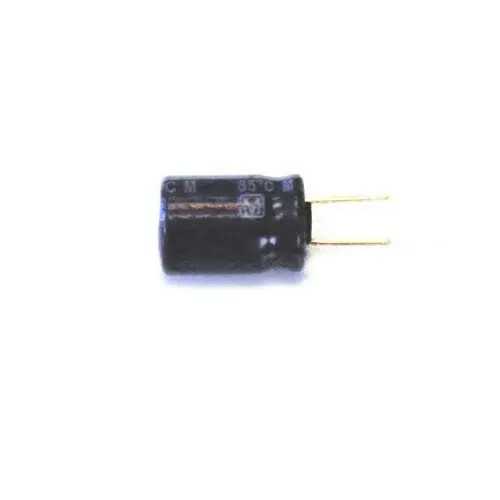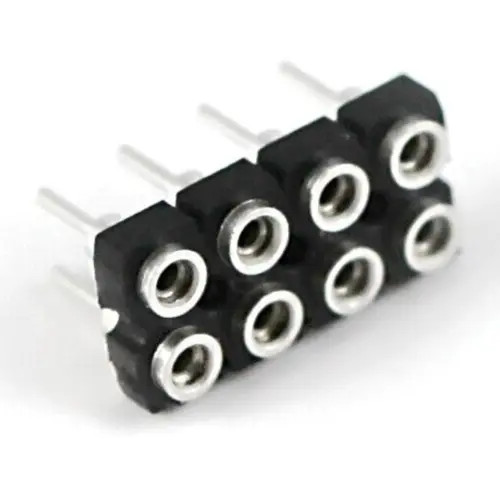Soundtraxx PTB-100 DCC Programming Track Booster With LEDs 829002
The PTB-100 Programming Track Booster is a handy tool for anyone who uses DCC! This device facilitates programming as well as gives some comforting feedback during the programming process. You will instantly know if your decoder has received the programming instruction (or not!) by way of indicator lights on the circuit board. So why might you want (or need) a PTB-100? Certain command stations allow you to read a CV during Service Mode programming, which is useful to verify its current setting. Sometimes trouble reading or verifying CVs may be due to the design of the command station and the decoder itself. All decoders communicate back to the command station using what's called an acknowledgement pulse, which is defined in NMRA RP-9.2.3 as "an increased load on the programming track of at least 60mA for at least 5ms." Like most decoders, SoundTraxx Digital Sound Decoders generate the acknowledgment pulse by momentarily applying power to the motor.
If the decoder is otherwise working properly (i.e., responds properly on the mainline to speed and direction commands), but the command station is having trouble reading CV data from the decoder, it may be due to incompatibilities between the electrical requirements of the sound decoder (which are different from conventional decoders due to the added audio circuitry) and the electrical characteristics of the programming track.
In this case, you will need to use a programming track booster, such as the PTB-100. The PTB-100 amplifies the programming track signals to levels that work best with SoundTraxx Sound Decoders. It is easy to install and inexpensive. An advantage to using the PTB-100 is that it also provides short circuit detection and some helpful diagnostics.
The PTB-100 is neither needed nor recommended for use with the Digikeijs DR5000, Zimo MX1 or the Lenz LVZ100.
The PTB-100 Programming Track Booster is a handy tool for anyone who uses DCC! This device facilitates programming as well as gives some comforting feedback during the programming process. You will instantly know if your decoder has received the programming instruction (or not!) by way of indicator lights on the circuit board. So why might you want (or need) a PTB-100? Certain command stations allow you to read a CV during Service Mode programming, which is useful to verify its current setting. Sometimes trouble reading or verifying CVs may be due to the design of the command station and the decoder itself. All decoders communicate back to the command station using what's called an acknowledgement pulse, which is defined in NMRA RP-9.2.3 as "an increased load on the programming track of at least 60mA for at least 5ms." Like most decoders, SoundTraxx Digital Sound Decoders generate the acknowledgment pulse by momentarily applying power to the motor.
If the decoder is otherwise working properly (i.e., responds properly on the mainline to speed and direction commands), but the command station is having trouble reading CV data from the decoder, it may be due to incompatibilities between the electrical requirements of the sound decoder (which are different from conventional decoders due to the added audio circuitry) and the electrical characteristics of the programming track.
In this case, you will need to use a programming track booster, such as the PTB-100. The PTB-100 amplifies the programming track signals to levels that work best with SoundTraxx Sound Decoders. It is easy to install and inexpensive. An advantage to using the PTB-100 is that it also provides short circuit detection and some helpful diagnostics.
The PTB-100 is neither needed nor recommended for use with the Digikeijs DR5000, Zimo MX1 or the Lenz LVZ100.










